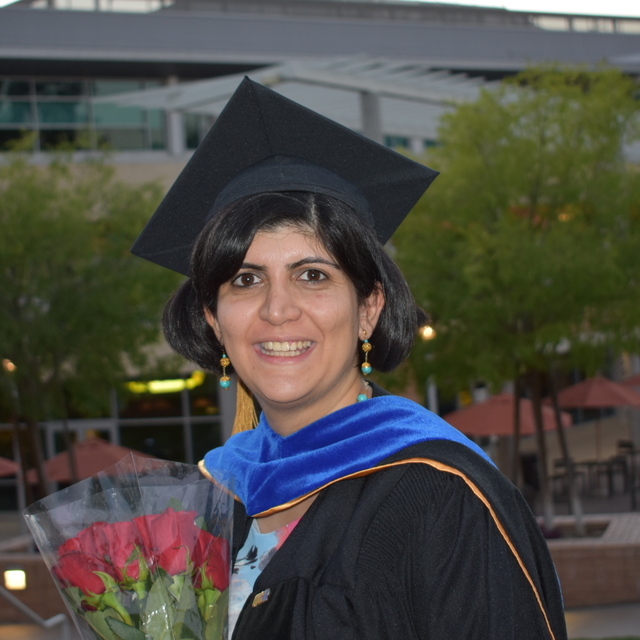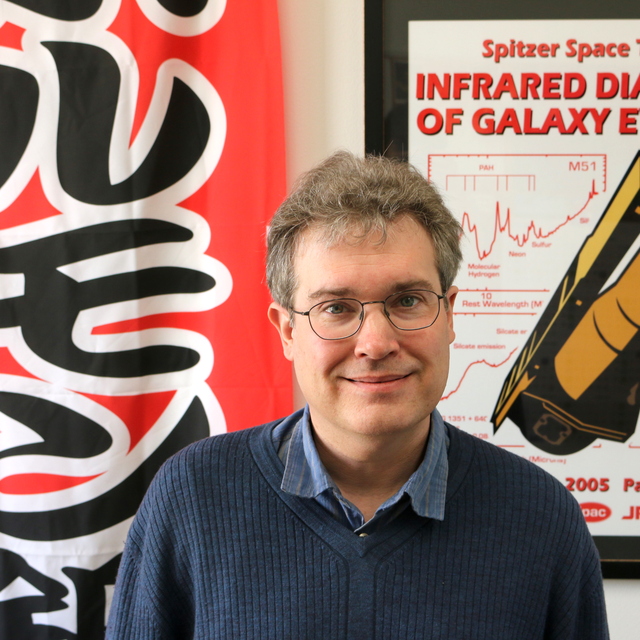
Recent Star Formation in 0.5 < z < 1.5 Quiescent Galaxies
April 2025 • 2025ApJ...983L..32R
Abstract • Observations of massive, quiescent galaxies reveal a relatively uniform evolution: following prolific star formation in the early Universe, these galaxies quench and transition to their characteristic quiescent state in the local Universe. The debate on the relative role and frequency of the process(es) driving this evolution is robust. In this Letter, we identify 0.5 ≲ z ≲ 1.5 massive, quiescent galaxies in the Hubble Space Telescope/UVCANDELS extragalactic deep fields using traditional color selection methods and model their spectral energy distributions, incorporating novel UV images. This analysis reveals ∼15% of massive, quiescent galaxies have experienced minor, recent star formation (<10% of total stellar mass within the past ∼1 Gyr). We find only a marginal, positive correlation between the probability for recent star formation and a measure of the richness of the local environment from a statistical analysis. Assuming the recent star formation present in these quiescent galaxies is physically linked to the local environment, these results suggest only a minor role for dynamic external processes (galaxy mergers and interactions) in the formation and evolution of these galaxies at this redshift.
Links




